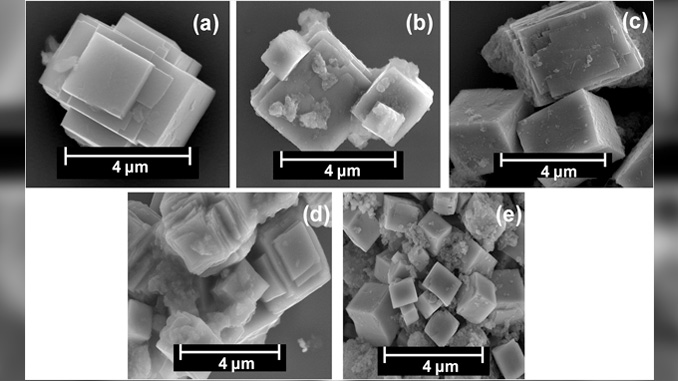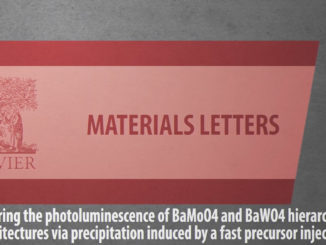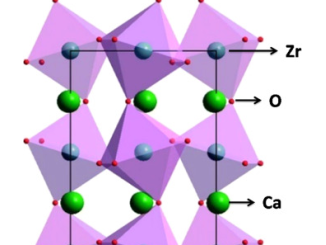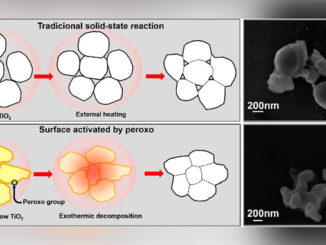
Writers: Ivo M. Pinatti and Tatiana M. Mazzo and Rosana F. Gonçalves and José A. Varela and Elson Longo and Ieda L.V. Rosa
Keywords: Hydrothermal Microwave; Calcium titanate; Samarium; Photoluminescence
Abstract: Calcium titanate (CaTiO3 – CT) and samarium doped calcium titanate (CaTiO3:Sm3+ – CT:Sm) powders in different Sm3+ concentrations (0.5–5.0% molar ratio of Sm3+) were obtained by the Hydrothermal Microwave Methodology at 140 °C for 16 min. These crystals were structurally characterized by X-ray diffraction (XRD) and micro-Raman (MR) spectroscopy. Field emission scanning electron microscopy images were employed to observe the shape and size of the crystals. The optical properties were investigated by ultraviolet–visible (UV–Vis) absorption and photoluminescence (PL) measurements. The XRD indicated structural organization at long range while MR revealed short range order for all undoped and Sm-doped samples. Morphological analysis revealed a new cubic morphology for CT:Sm, presenting an average size of 3.0 μm. Further, the ultraviolet–visible absorption spectra indicated the existence of intermediary energy levels within the band gap. The maximum intensity PL emission occurred due to 4G5/2→6H7/2 and 4G5/2→6H9/2 transitions of Sm3+. CIE chromaticity coordinates of the samples were determined and support these materials are promising candidates for applications as phosphors in the visible orange range. This research concluded that the methodology employed here was responsible for the presence of unusual and interesting properties for these new luminescent materials.




